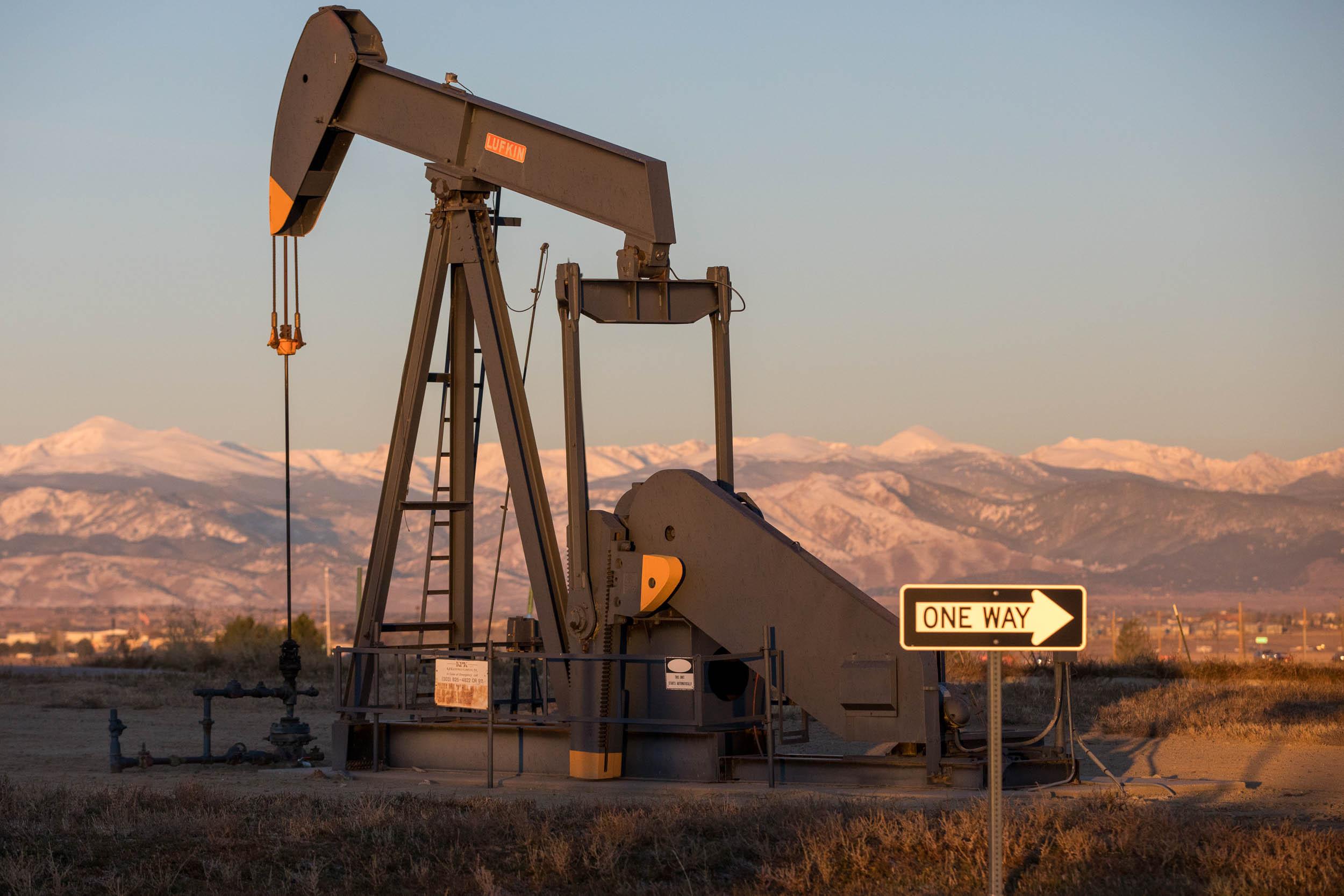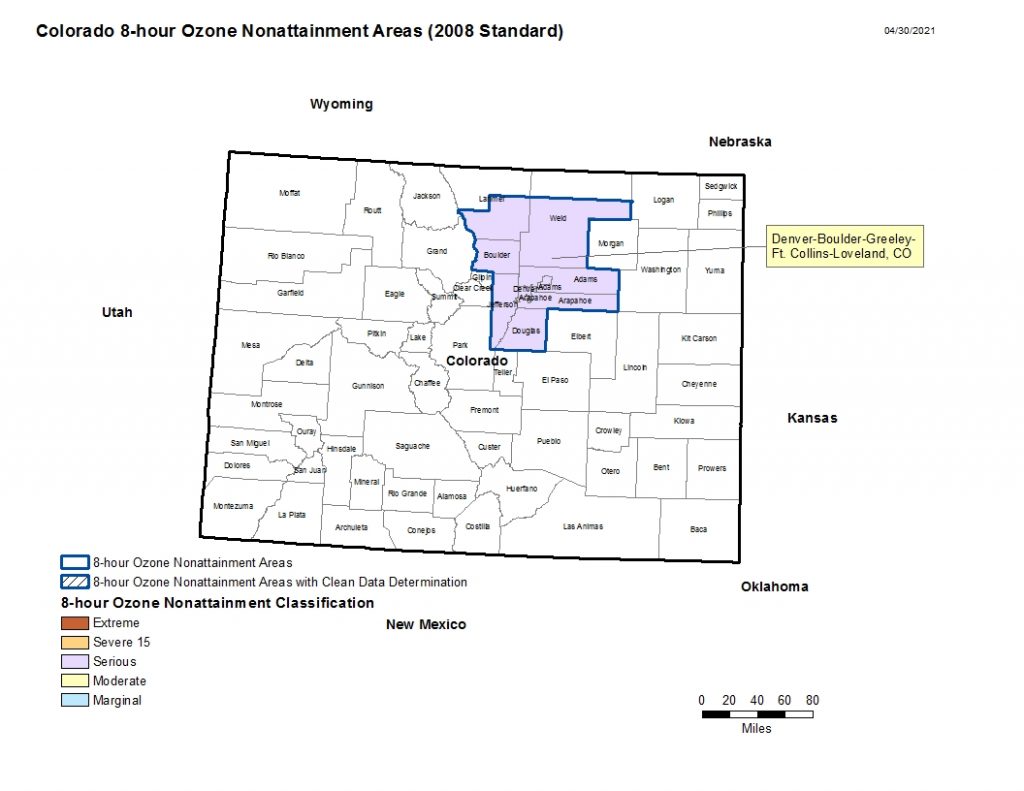
If you look at the map of Colorado’s nine counties that are in serious violation of the U.S. Environmental Protection Agency’s air quality standards for ozone, you’ll see the boundary starts to the south in Douglas and ends about two-thirds of the way through Weld County.

The EPA is now recommending that northern Weld County be included in the area considered in violation, which could mean that the hundreds of oil and gas wells operating there could be required to reduce emissions.
A federal appeals court in 2020 found that the EPA incorrectly excluded the northern part of Weld County from Colorado’s nonattainment map. That ruling from the U.S. Court of Appeals for the District of Columbia Circuit brought the issue back to the EPA for further consideration. The lawsuit was brought by the County Commissions of Boulder County, the Center for Biological Diversity and other environmental groups.
On Wednesday, the EPA moved to include Weld County, a reversal that opens a 120-day window for Colorado officials to provide additional information that could inform the agency’s final decision. Colorado’s Air Quality Control Commission previously recommended that Weld County be excluded from the nonattainment map.
“The Environmental Protection Agency's decision to include all of Weld County in the Denver Metro ozone nonattainment area will improve air quality and climate impacts for millions of Coloradans,” said Cindy Copeland, an air and climate policy analyst with the Boulder County Commissioners' Office in a statement. “This action will increase pollution controls at thousands of additional oil and gas sources, resulting in improved ozone levels and health outcomes for residents across the Front Range.”
Colorado’s Department of Public Health and Environment said it is in the process of developing a response and filing formal comments.
“Regardless of the final decision, our commitment to improving air quality and reducing air pollution along the Front Range and throughout the state remains steadfast,” said Andrew Bare, spokesperson for the department.








